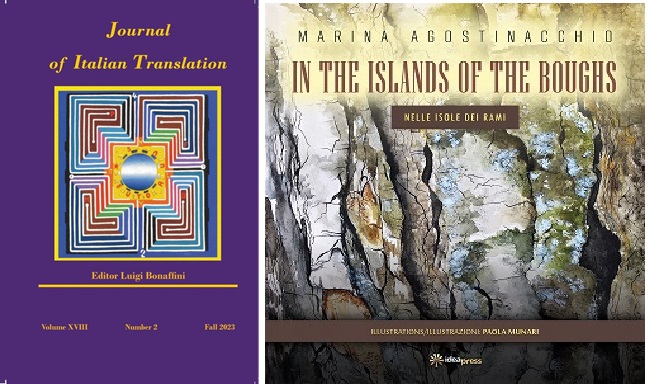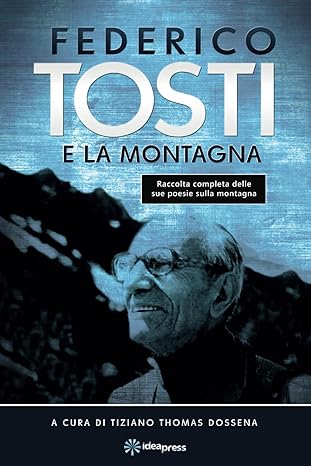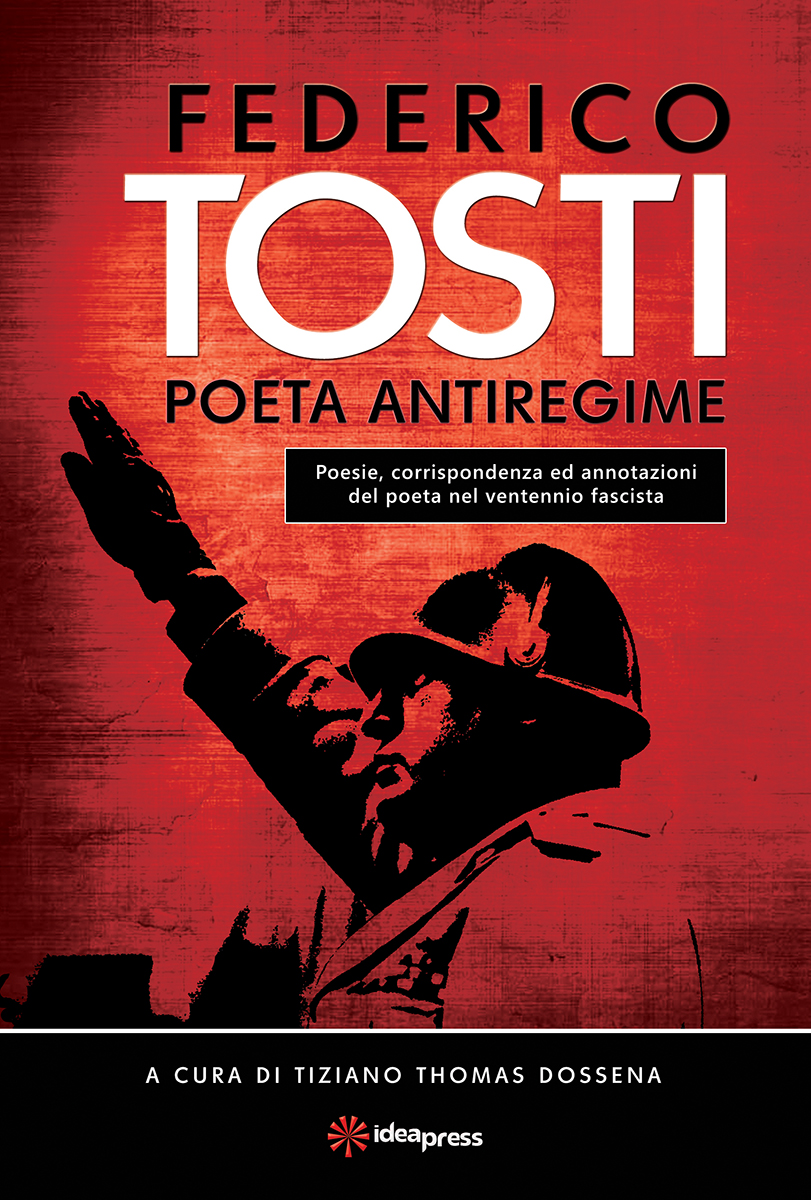By Gaetano Cipolla
In the Islands of the Boughs/ Nelle isole dei rami, by Marina Agostinacchio, illustrated by Paola Munari and translated into English by Tiziano Thomas Dossena. Florida: Idea Press, 2023, 56 pp.
As I read this elegantly designed book of poems by Marina Agostinacchio, inspired by paintings of trees by Paola Munari, I kept thinking of another book by Joseph A. Amato, entitled Body and Sea of Self in which he writes about the significance of trees for man. Amato wrote the following: “Things catch our attention and find a place in our words, ways, and days. They ride the tip of our tongue and make our wit. One thing may be of multiple experiences, meanings, and words. Take trees, for example. They constitute primary materials, furnish our shade, define places, and mark and orient our travel. Do they not evoke density, permanence, beauty, and even awe? How many of the old have a companion tree as a chronometer of our lives? Trees can identify our home. They are the poles around which we often go, and they even mark the starting and ending points of biographies. They orient our memory and evoke metaphors and analogies of our conditions and lives—we can pine their loss end- lessly unless we stiffen our oaken spines.” In the introduction to this collaborative effort by painter Mu- nari, poet Agostinacchio, and translator Dossena I see analogies and reflections in their treatment of trees with Amato’s description. Munari’s paintings provide inspiration for Agostinacchio’s poetry, they evoke “metaphors and analogies of the conditions and the poet’s life.” The trees become living beings that reveal their secret, their symbolic, archetypal, and universal code. Agostinacchio’s voice becomes the voice of the trees while hinting at dreamlike reflections on her own conditions of life. Perhaps the best way to express how the artwork and the words of the poet collaborate in creating the symbiosis is to show at least two of the ten illustrations, together with the poems they inspired and Dossena’s excellent translations.
La forza della semplicità / The Strength of Simplicity
Il mio corpo è ora quella lancia bianca,
pelle cucita in filigrana.
Senza peso si aggira visionaria
in un’ora scappata dal quadrante.
Se cerchi un come, un quando, segui lì
il rosso di una foglia obliqua al ramo.
And here is Dossena’s rendering:
My body is now that white spear,
filigree stitched skin.
Weightless it wanders, visionary,
in an hour escaped from the dial.
If you are seeking for a how, a when, follow there
the red of a leaf oblique to the branch.
Remains/Resti
Tutto raccoglie il mare,
pietre e carcasse d’albero.
Sarà l’intento di un Arcangelo
travestirmi con la visiera più
aguzza sul volto. Così
mi difendo dal fango, proprio
dove batte l’onda e i sassi
rispondono.
–Ancora germoglio.
And here is Dossena’s rendition:
The sea collects everything,
stones and tree carcasses.
It may be the intent of an Archangel
to disguise me with the sharpest
visor on the face. So
I defend myself from the mud, just
where the wave hits and the stones
respond.
–A sprout again.
Journal of Italian Translation, Fall 2023







